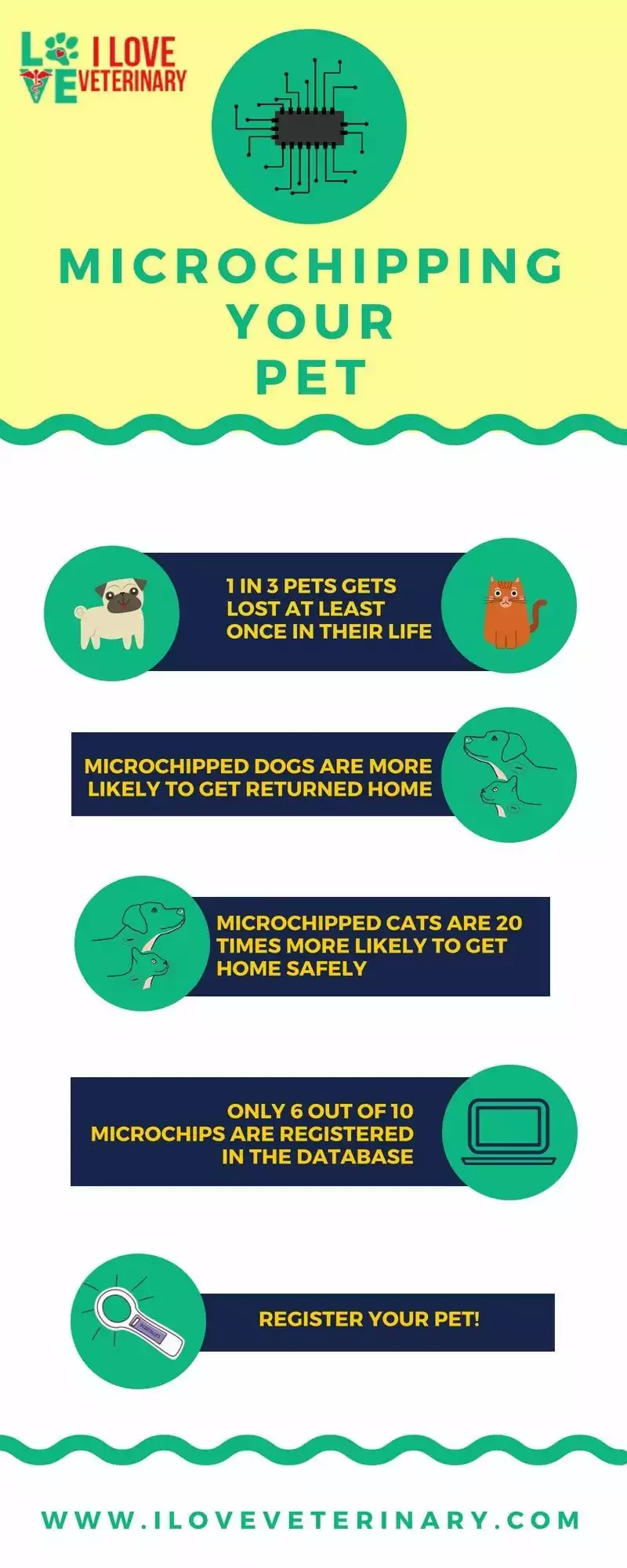Microchipping your pet is crucial! Microchips are small, implantable computer chips that can hold a unique ID number for pets. This number is registered in a database and in that database, it carries all your personal information like name, address, and phone number.
This information is needed in case the pet escapes or gets lost in order to easily find its owner. The microchip is implanted under the animal’s skin, usually between the shoulder blades, or on the left or right side. Inserting the microchip is not painful, it’s like a routine vaccine.
How Does Microchipping Your Pet Work?
Do you have a pet? Do you wish to microchip your animal? Microchips are small microchips that can be implanted into animals. The microchip is encoded with a unique ID number, and the information is stored in a database or registry.
If at any point an animal goes missing and is found by someone, they can take it to a Veterinarian’s office and the microchip will be scanned. The Vet will then call the microchip company to determine who owns the microchipped pet, as well as checking their records to see if the owner has already registered their microchipping information (which is required by law).
If no one calls about finding your lost pet within three days, then it may be sent to a shelter and it will be up to the shelter (if they can microchip your pet) and their staff (if not microchipped) to try and find you on their microchip information services.
[QUICK TIP: A microchip on an animal is like giving someone your contact information in case they want to get in touch with you.]
Be a responsible pet parent, have your pet microchipped. Get this as a poster for your clinic or classroom! Order HERE!

Where on the Body is the Pet Microchip Placed?
Microchips are usually implanted on animals between four and 10 weeks of age before they can go missing or run away. Once the microchip has been inserted, it is said that there are no side effects for the pet.
They do not feel any pain during this process because microchipping only requires a quick injection shot below the skin between the shoulder blades, where pets can’t reach and where the microchip doesn’t affect their ability to move post microchip implant.
When microchipping your pet, you need to remember to microchip them with a microchip that is “ISO” compatible, which basically just means that it works with more than one microchip company.
Most microchips come in these ISO-compatible forms and most companies also have a two-year warranty where they send you a new microchip for free if it stops working within two years of when you got your first microchip in the case where your pet is ever found and brought back to a veterinarian’s office or shelter without a microchip present in their body.
The Availability of Pet Microchipping
Microchipping has been made law in some countries that require you to register any microchips that you microchip your pet with so if at any point they go missing, it will be easier to track them down.
Many people microchip their pets these days because microchipping can save their pet’s life! If someone finds an animal and cannot find the owner, microchipping is one way of tracking the owner down quickly when taken into a veterinarian’s office or shelter.
Because microchipping services are now readily available in most areas (meaning that the Veterinarian/shelter has access to information on who owns what microchipped animal), there is probably less of a need for registration in these regions than in others.
